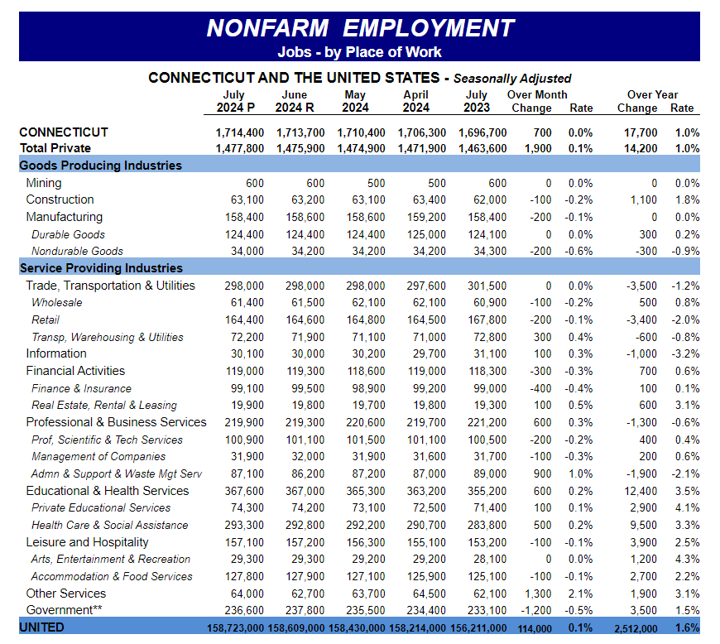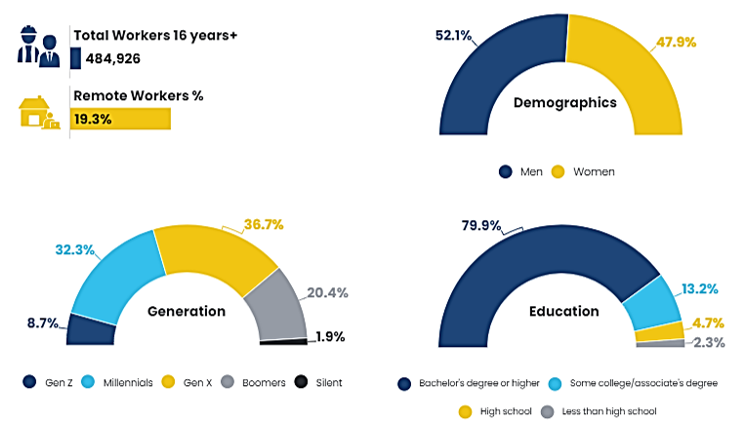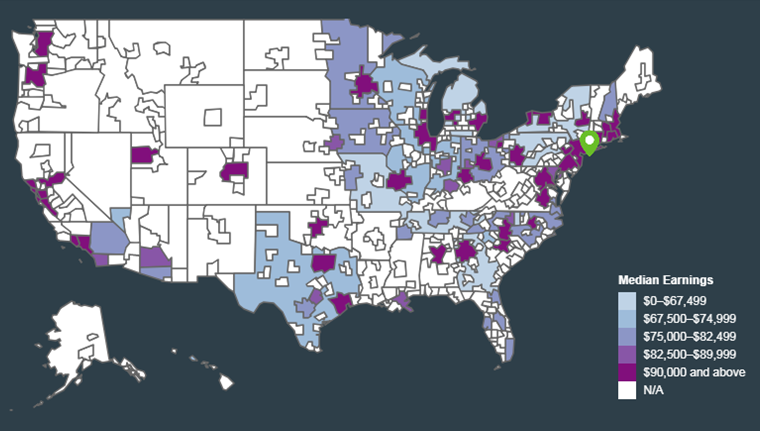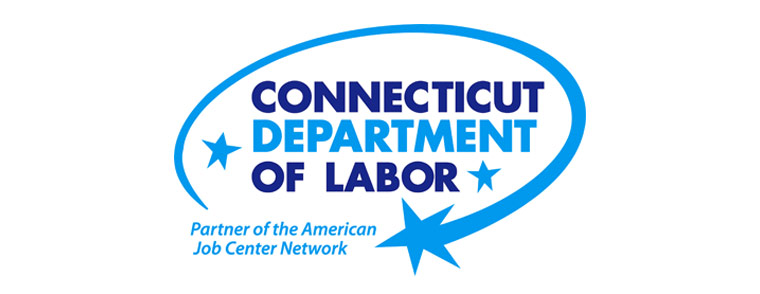Labor Market
Vital Information for Connecticut Employers and JobseekersPartnerships and collaboration are vital to The WorkPlace’s efforts helping people prepare for careers and strengthening the workforce for employers. The WorkPlace works closely with government agencies (federal, state, local), regional business organizations, employers, think tanks, approved training providers, both non-profit and for-profit, and staffing agencies.
Press Release: New Labor Market Study Shows Gaps Between Employers and Workforce Training System.
Your tool for career exploration and job analysis! O*NET OnLine has detailed descriptions of the world of work for use by job seekers, workforce development and HR professionals, students, researchers, and more!
Video: Why a 2022 Recession Would Be Unlike Any Other
Where work pays: How does where you live matter for your earnings?
Educational and occupational choices matter for your earnings, but where you work matters, too. Employment opportunities and wages in some occupations vary substantially from state to state, county to county, and city to city. Click here to use the interactive page to compare your median earnings to the national average. For the full article by Brookings, click here.
DECD is the state’s lead agency for the development and implementation of policies, strategies and programs that support business growth and innovation. The department offers a wide range of programs and services to help companies prosper in Connecticut.
Financing — Learn More
Tax Credits and Incentives — Learn More
Recruitment & training assistance, tax credits, Step Up initiatives, Labor Relations/ Mediation & Arbitration services and more. Learn More
2017 CT Department of Labor Employer Resource Guide
CTHires:
CTHires (Connecticut Helping Individuals and Employers Reach Employment Success) is the Connecticut Department of Labor’s new comprehensive workforce development system designed to provide integrated services via the Internet to individuals and employers 24 hours a day, 7 days a week. Learn More
Labor Market Information:
Jobs data, economic forecasts, career info, workforce analysis. Learn More
Wage Laws and Workplace Safety:
Protecting our workforce, wage recovery, CONN-OSHA, helping employers comply with laws Learn More.







